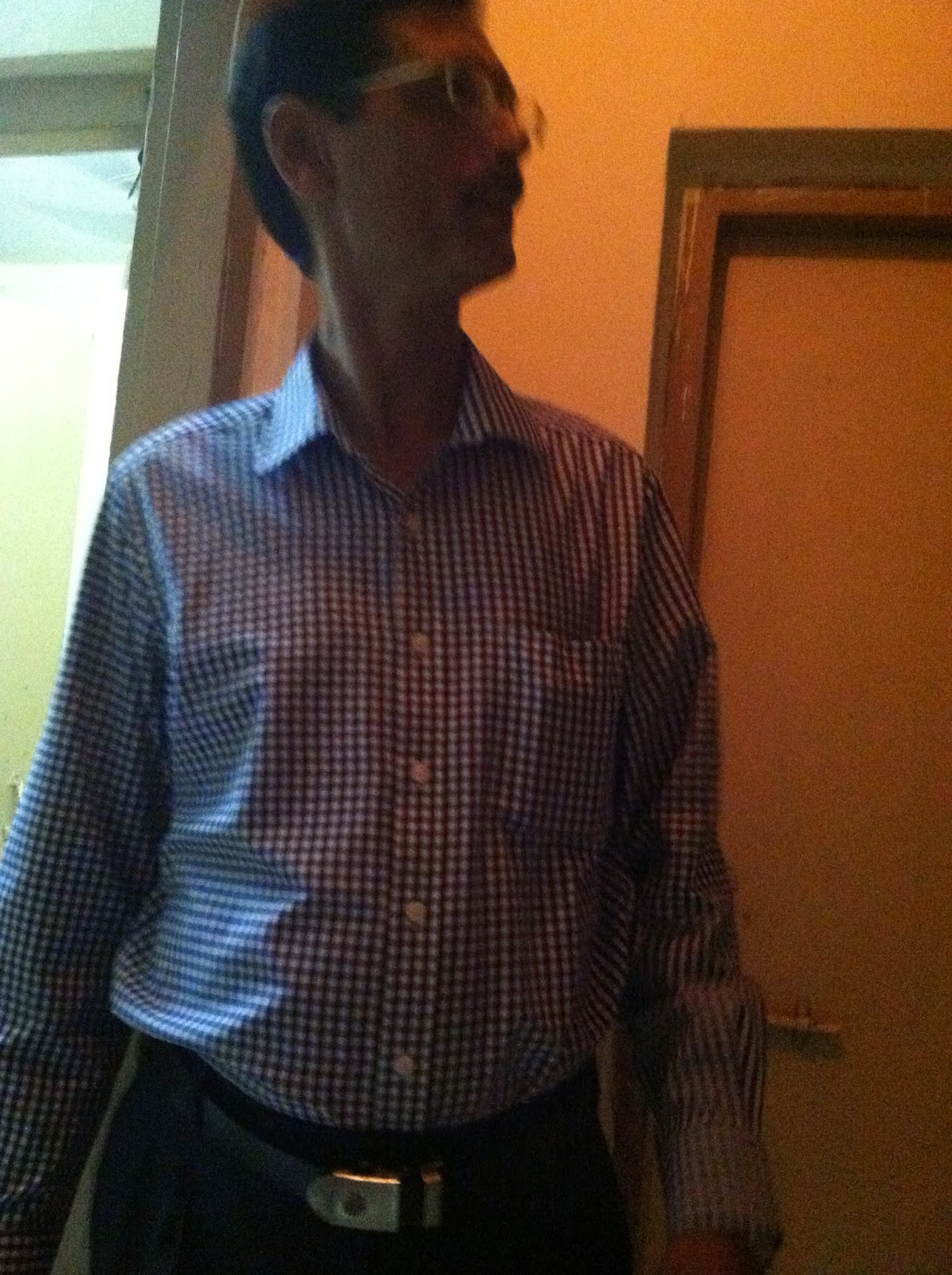I will say this: Though I have learned a lot in India, and I’ve loved the trips and activities that we have done as a program, I miss Northwestern’s academics. I just came off a really great quarter where I did most of the readings and engaged in class discussions and learned a lot about the topics of the courses. Coming here where the learning, shall we say, mostly happens outside of class is... a bit frustrating.
For example, the readings for our Social Justice class are really cool for getting started thinking about the ideologies and social movements that have shaped modern India and how we can use that past to make the future better. But in class we basically get a recap that mentions the names of movements but not really why or how they work on a deeper analytical level. We don't discuss, for example, the fact that Ambedkar never successfully synthesized caste- and class-based struggles, and ended up using a Marxist framework for class and a religious framework (Navayana Buddhism) for caste discrimination.
And then I go to the Contemporary India Class, which is the one that everyone takes, more or less, and we’re talking about the same issues. Of course, the majority of people in the Contemporary India class haven’t done the readings for Social Justice because many of them aren’t in it. Even if they are, too, I wouldn’t be surprised that they didn’t read any of the Social Justice readings because they’re long and dry and require unpacking which we simply never do. For that reason, we don't get that level of deep theoretical involvement. (People in my program: Do you do the readings? If so, would you like more discussion of them, or are you happy the way things are?)
In reality, though, my frustrations on this end are primarily with the Social Justice class; the sort of theoretical discussions that I want are not in the scope of the Contemporary India class. In fact, Contemporary India Class is the best non-language class I am taking. We have had several thought-provoking discussions that engaged most of the class. Our assignments have also, in my opinion, been helpful for synthesizing both what we have seen and observed (for example, on the Mumbai trip) and for encouraging class engagement (as students give presentations on the readings which lead us into those great discussions).
My Social Entrepreneurship class, meanwhile, has really cool visitors who do cool things and who I’ve learned from. For example, this past Friday we were visited by someone who works with SWACH, which is a cooperative waste-management system where women particularly from lower caste and economic status used Pune's Municipal Corporation's legal responsibility to provide trash pick-up to create an official organization that both cheaply removes waste from people's houses and provides materials to be sold for scrap. Before SWACH and the associated waste workers union, people scavenging for recyclables and trash were subject to police violence and without access to regular employment. This has changed drastically since the union began in the early nineties. In short, SWACH functions as a recycling service that empowers women who were previous to be self- and community-supporting economic actors. It's a good example of the really cool things that people are doing in Pune that we have the unique opportunity to learn about.
The lectures by the professor, however, are vapid discussions about the “personality traits of social entrepreneurs” and how they’re some sort of special kind of person. Which is, of course, a counterproductive discussion for a class of people who want to pull off similar ventures in the future and are hardly able to change their personalities on whim. I’ve tried asking questions to get some nugget of knowledge from the professor but it hasn’t really worked. This class most of all makes me wish I could take a SESP class on organizational development instead.
Another bright spot is the Intermediate Hindi class. My professor is very good at correcting and teaching, even though sometimes I can get a bit touchy because she's teaching correct academic Hindi, which pronounces "यह" as "vuh" instead of "vo", instead of slightly syncretic Lucknow-Hindi, which is what I want to learn (because it's my fathertongue). Because I'm the only one in the class, I get a lot of personalized attention and my every sentence is corrected. Being the only student also means that the class has been slowing down primarily because I haven’t been putting in enough effort to study and look up what I don’t know (because I was out of town and sick, mainly). I may have to start working on Hindi instead of doing the readings for other classes. It’s probably a much better use of my time, especially given that my deadline for understanding Hindi is fast approaching and my deadline for understanding Indian social movements is at least a few months away.
































